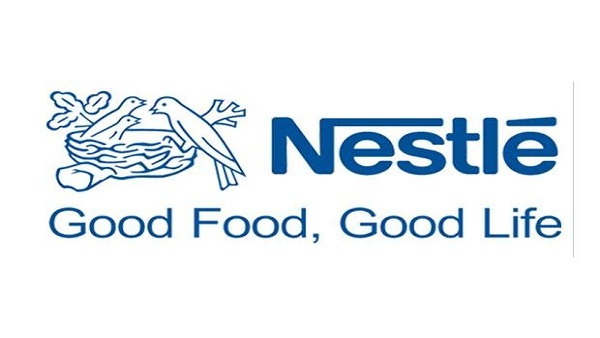All you wanted to know about capital gains account scheme
[ad_1]
Read More/Less
The Income Tax (IT) Act provides certain exemptions on capital gains, arising from sale of land, building, or any other long-term capital asset, if the gains are utilised for the purchase or construction of a residential property. However, this exemption is only available for taxpayers who own up to one residential property, as on the date of transfer. Since property dealings take considerable time, the Act also permits a time period of two years for the purchase of the new house or three years in case of construction. Besides, in a recnt circular the IT Department has extended the timeline for such purchase or construction (inter-alia), to September 30, 2021, if the last date for such compliance fell between April 1, to September 29, 2021.
During such time until which the new residential property is purchased/constructed, taxpayers can avail the exemption in the IT returns, if such capital gains are parked in a special account, under the Capital Gains Accounts Scheme, 1988. Here is a lowdown on the features of such accounts.
Types of accounts
Taxpayers can open such accounts with any branch of a public sector bank, in which they are an existing customer, except for their rural branches. One can (through Form A) open either a savings account (Deposit Account Type A) or a deposit account (Deposit Account Type B). Taxpayers can seek such exemptions on long-term capital gains, under several sections (section 54, 54F, 54GB) of the IT Act. If one were to avail such exemption under more than one section, she should open separate accounts for the gains exempt under each section.
The type B account can be opened for a minimum term of 7 days and a minimum amount of ₹1,000. However, some public sector banks (Bank of Baroda, for instance) stipulate the minimum period of deposit at 12 months. Depending on whether the taxpayer wishes to purchase or construct the new residential property, the maximum tenor for Type B account cannot exceed 24 or 36 months respectively, from the date on which the capital gain arises. There is no cap on the maximum amount that can be deposited.
Taxpayers are also permitted to switch funds between Type A and Type B account (using Form B). The balances in such accounts cannot be pledged as collateral and no loan facility is provided against such deposits.
Rate of interest, rules
Banks generally pay interests at rates similar to that on their savings accounts (for Type A accounts) or that on any other term deposit with them, for similar tenors, for type B accounts. However, senior citizens do not receive any additional interest. Besides, while opening a Type B account taxpayers can also opt for cumulative interest payout option. If balances in Type B account are converted to Type A or withdrawn prematurely (fully or partially), the rate of interest on such deposit, shall be one per cent lower than the rate applicable to deposits of such lower tenure.
All balances in Type B account, shall be transferred only to Type A account, upon maturity or premature withdrawal. Any withdrawal from the capital gains accounts is permitted only for the purpose of purchase or construction of the property. For withdrawals exceeding ₹25,000, only demand drafts in favour of the person to whom the depositor intends to make the payments, shall be issued. At the time of withdrawal (barring the first), the taxpayer should furnish clear details of utilisation of the previous withdrawal, failing which the request for current withdrawal could be rejected.
If the amount deposited in such accounts is not utilised within the period stipulated in the IT Act for the purchase (or construction) of the residential property, the capital gains originally exempt will now be taxable, upon the expiry of such period. Withdrawal of balances that remain in the capital gains account, or closure of such accounts, beyond the expiry of the stipulated periods, is only possible after a specific authority letter/ certificate from the Income Tax Officer of the respective jurisdiction, is produced by the taxpayer. The closure would be allowed only on the terms mentioned in the letter of authority.
In the event of an untimely death of the depositor, his first nominee or legal heir, can make an application to the Assessing officer of the respective jurisdiction for closure of the accounts, along with a copy of the death certificate, documents for proof of legal heirship and the passbook (or certificate of deposit, in case of Type B) of such accounts.
[ad_2]












